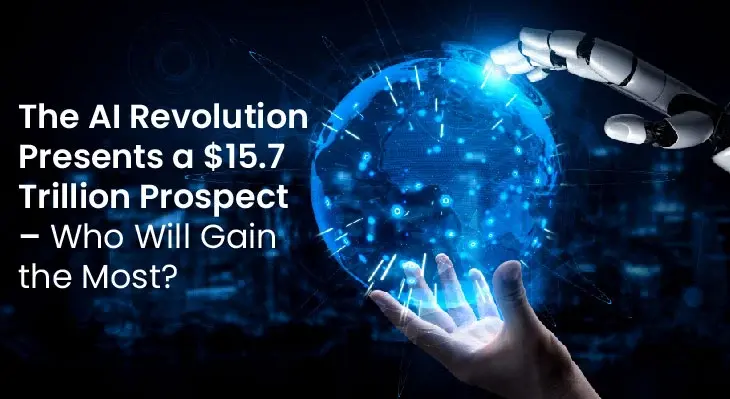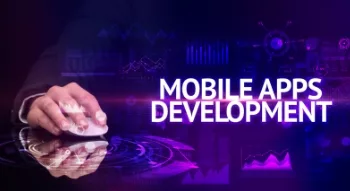The rapid pace of technological advancement in the 2020s is something out of a science fiction movie. The high-tech development we once imagined only in our dreams is now becoming realizable.
Self-driving cars find their way through the streets, intelligent machines handle tasks with complete independence, and virtual reality vacations can take us to exotic locations anytime.
The years between 2024 and 2026 are pivotal to this fundamental technology shift. These years draw a line between the physical and digital worlds and provide new methods of interacting with technology.
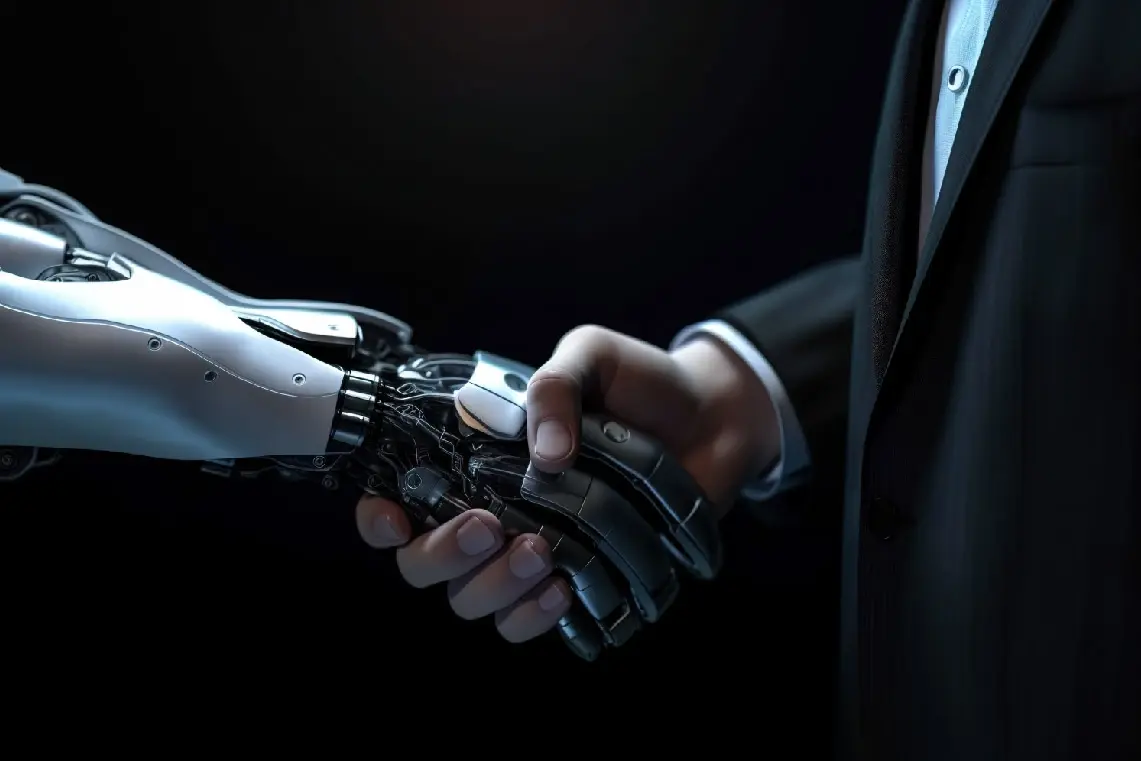
This article will help you learn about some of the most amusing and impactful trends shaping our world. It will highlight how these developments are changing our lives, businesses, and the fundamental elements of society.
Amid a technological revolution, the following trends can be distinguished as leaders. The dramatically increased interest in artificial intelligence and the rapidly growing Internet of Things market is only a start.
We are also witnessing the continuous development of augmented and virtual reality and the appearance of an intriguing Metaverse.
However, it is necessary to look at how these advances are opening up exciting new opportunities for the future.
The Rise of Machines (But not Terminator Style)
As the time progresses, artificial intelligence takes center stage. Although it is highly misinterpreted as robots taking over this world, they will only assist us as intelligent associates and invisible forces making our work easy.
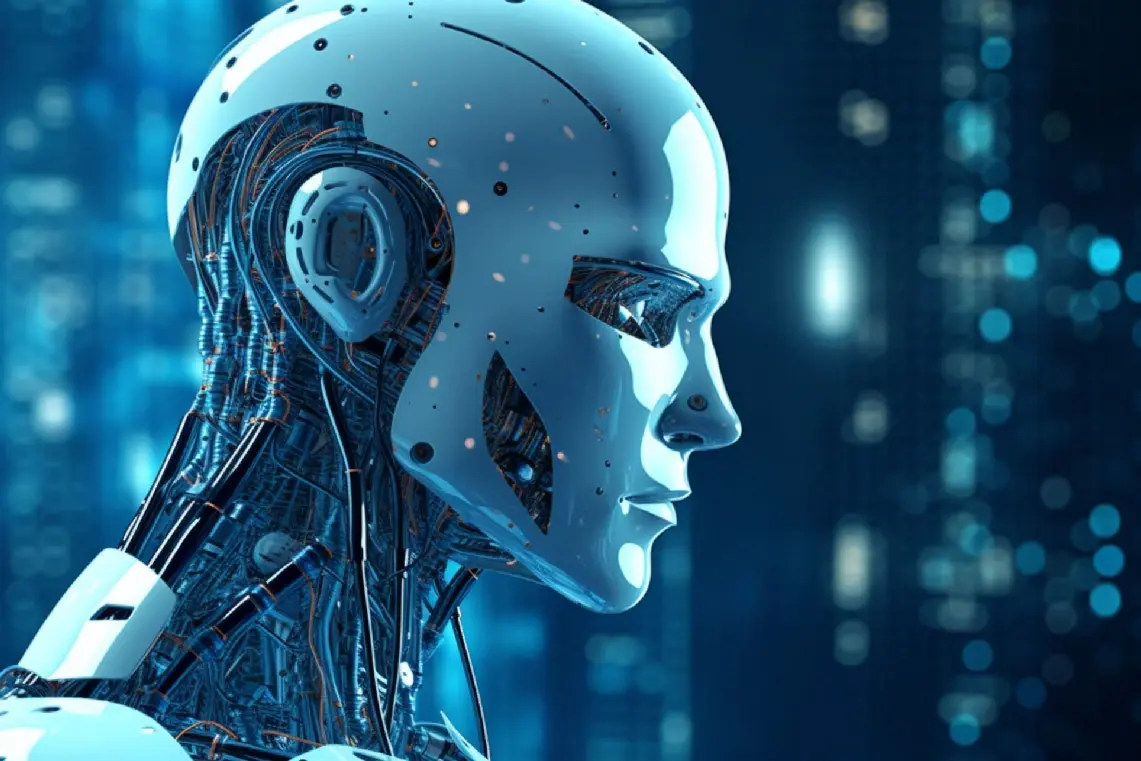
Let’s go further and learn more about AI and IoT with the integration of AI.
Artificial Intelligence Becoming Center of Focus
AI is no longer an idea or a storyline in a futuristic movie; it is slowly becoming a vital part of our daily lives.
In the current world, chatbots are also advancing with artificial intelligence to work like our assistants and to ensure that customers are served individually.
AI practices are implemented to perform different tasks, improve customer relations, and enhance effectiveness.
The surge in the application of AI can also be observed from the following market size and revenue comparison, predicted by different platforms from 2018 to 2030.
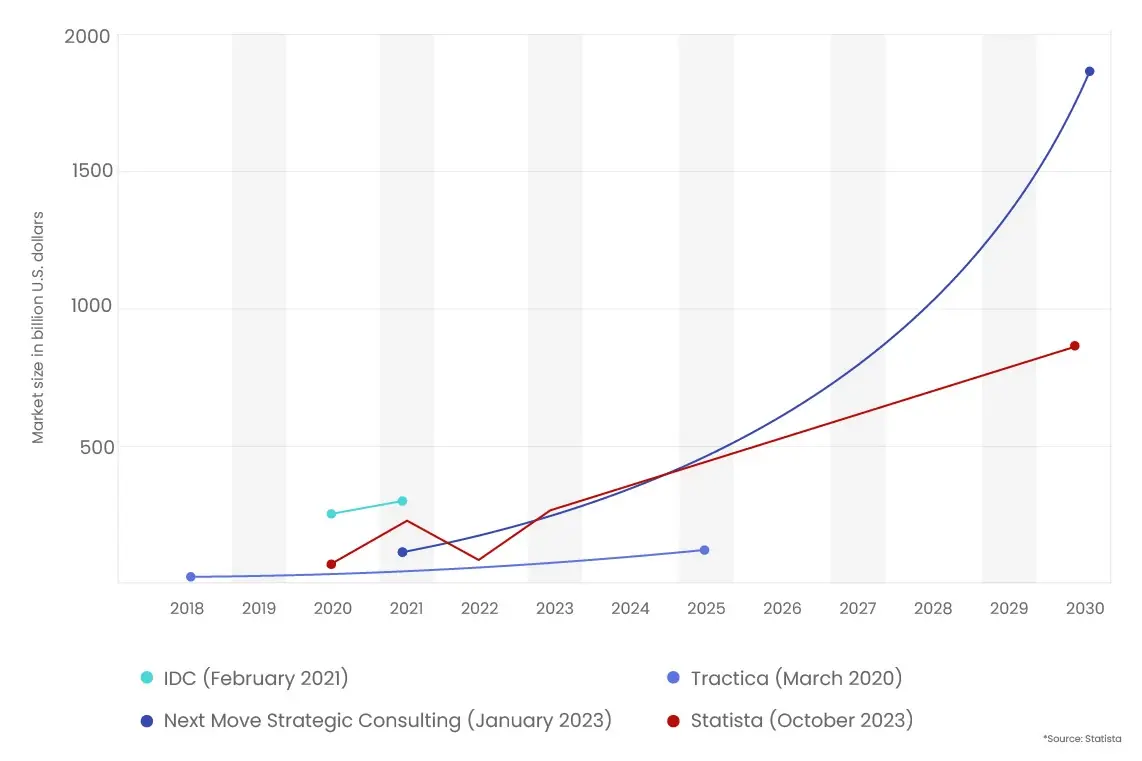
Educational learning and skill development platforms are also integrating AI to help students learn more in new ways. Fast Learner, an up-and-coming platform, is a leading example of AI integration in its courses.
Nevertheless, the main focus will constantly be developing responsible AI, with guardrails to lessen the risk of unethical use.
The Explosion of the AI-Integrated IoT (A-IoT)
The Internet of Things is about to get an extensive upgrade with the integration of artificial intelligence.
This blend of two trending technologies will create a network of intelligent devices that can adapt, learn, and predict our requirements.
Suppose you want to change the temperature of your room to be either warmer or more relaxed; you can do so using your smartphone. You can also upgrade your home’s innovative system to improve your lifestyle.
A self-driving car is another example of this technology, as it can self-navigate traffic, change lanes without human input, and stop at traffic signals.
The possibilities of A-IoT are endless, transforming industries like healthcare, transportation, and manufacturing.
Merging Metaverse and Other Realities
Virtual and augmented reality are breaking their niches as Metaverse is becoming a reality, reshaping how we work, play, and learn.
Let’s learn more about it.
The Metaverse Goes Mainstream
Metaverse is an application environment where users can enter a virtual reality to engage with other users.
We can predict that Metaverse’s accessibility and understanding will improve with the tremendous advancements in concepts like AR and VR.
Entering an immersive space can profoundly impact socializing, learning, and working. You can attend business meetings in virtual conference rooms and take virtual trips to historical places and landmarks.
Metaverse has all the potential to redefine how we can experience this world.
AR and VR Breaking Shackles to Venture out of Niche
While Metaverse is taking center stage, VR and AR continue to find applications beyond entertainment and gaming.
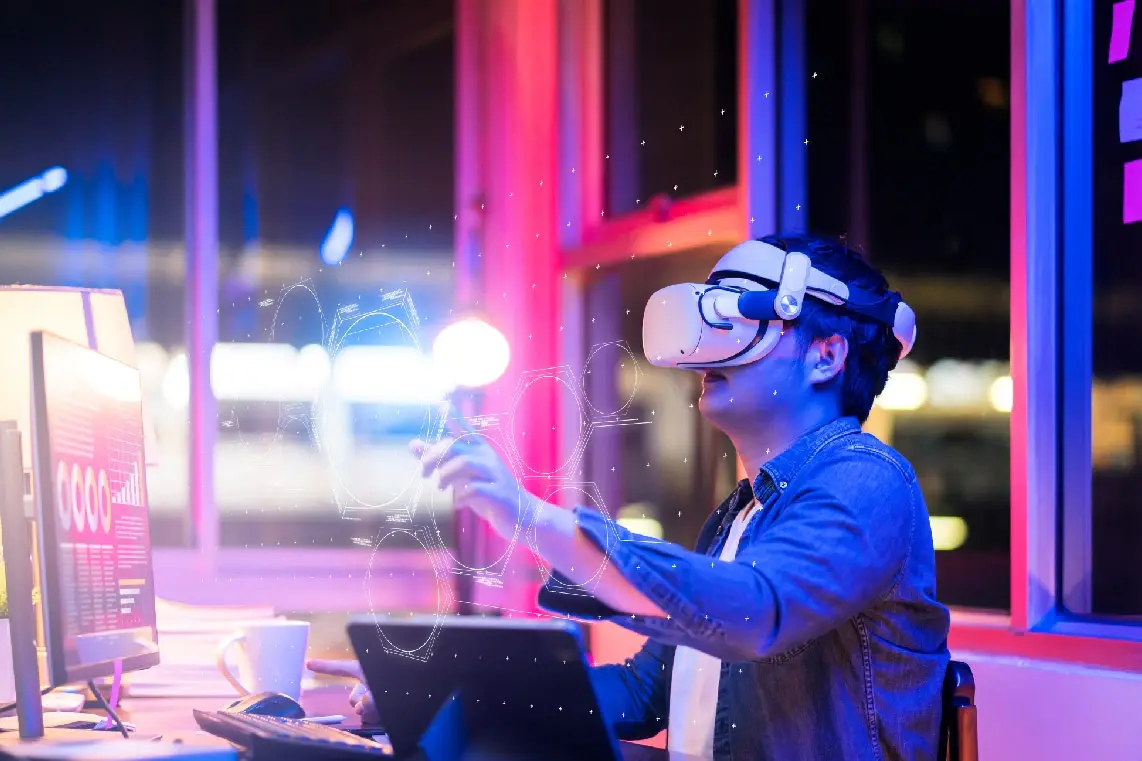
Virtual reality will be used for training purposes in simulators, covering the healthcare and aviation industries.
Augmented reality will improve our daily lives by providing real-time information spread over the physical world.
Blockchain Technology
Blockchain is a groundbreaking technology that supports cryptocurrencies like Bitcoin. It’s principally a shared public record that steadily records transactions. Blockchain is like a giant spreadsheet; everyone can access and validate it, but no one can alter it.
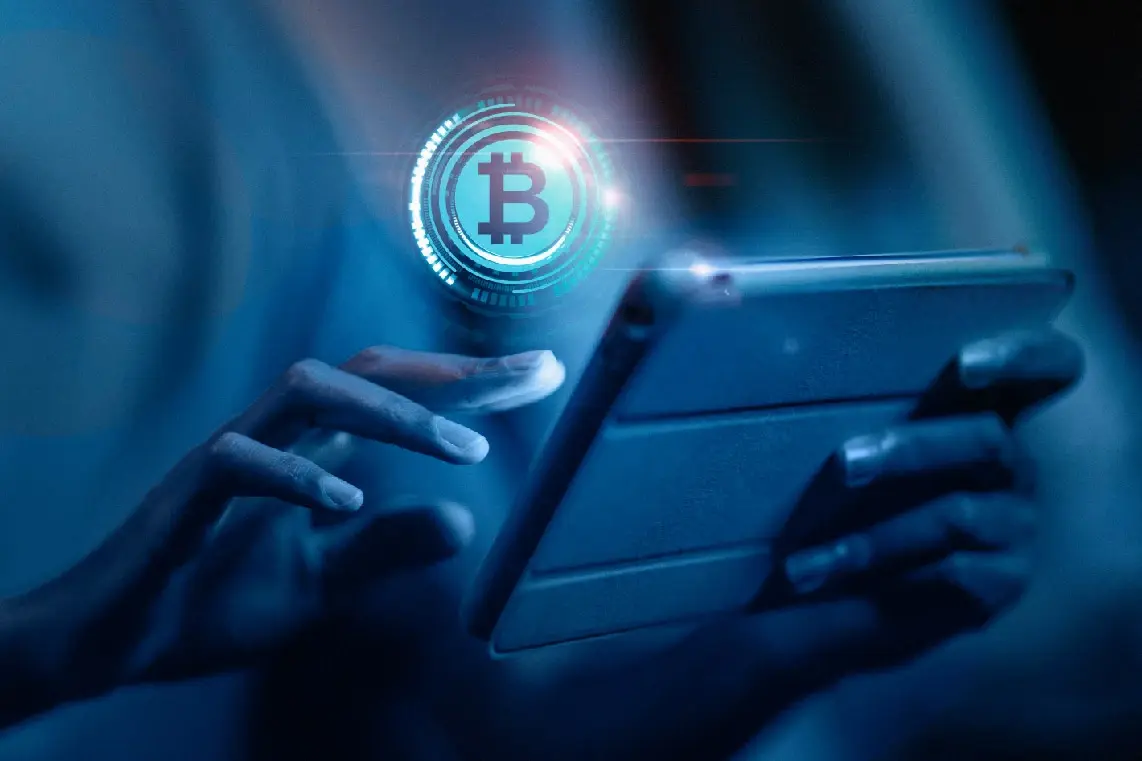
Following is a breakdown of its key features:
Decentralized: No sole entity controls the Blockchain. This makes it unaffected by fraud and censorship.
Secure: Cryptography guarantees the precision and immutability of data on the Blockchain. Once a record is added, it cannot be altered.
Transparent: Anyone can see the Blockchain and all the transactions that have ever occurred.
The uses of Blockchain technology go beyond cryptocurrencies and have the potential to disrupt different industries, such as:
- Supply chain management: Tracking the movement of goods from the source to the destination.
- Voting systems: Guaranteeing secure and transparent elections.
- Identity management: Providing individuals with control over their data.
Cryptocurrency
Cryptocurrency is a digital or virtual payment system that uses cryptography for security. Unlike traditional currencies and payment methods, cryptocurrencies are not controlled by any central bank. As an alternative, they depend on a decentralized network of computers to authenticate transactions. Bitcoin, the first and most renowned cryptocurrency, emerged in 2009.
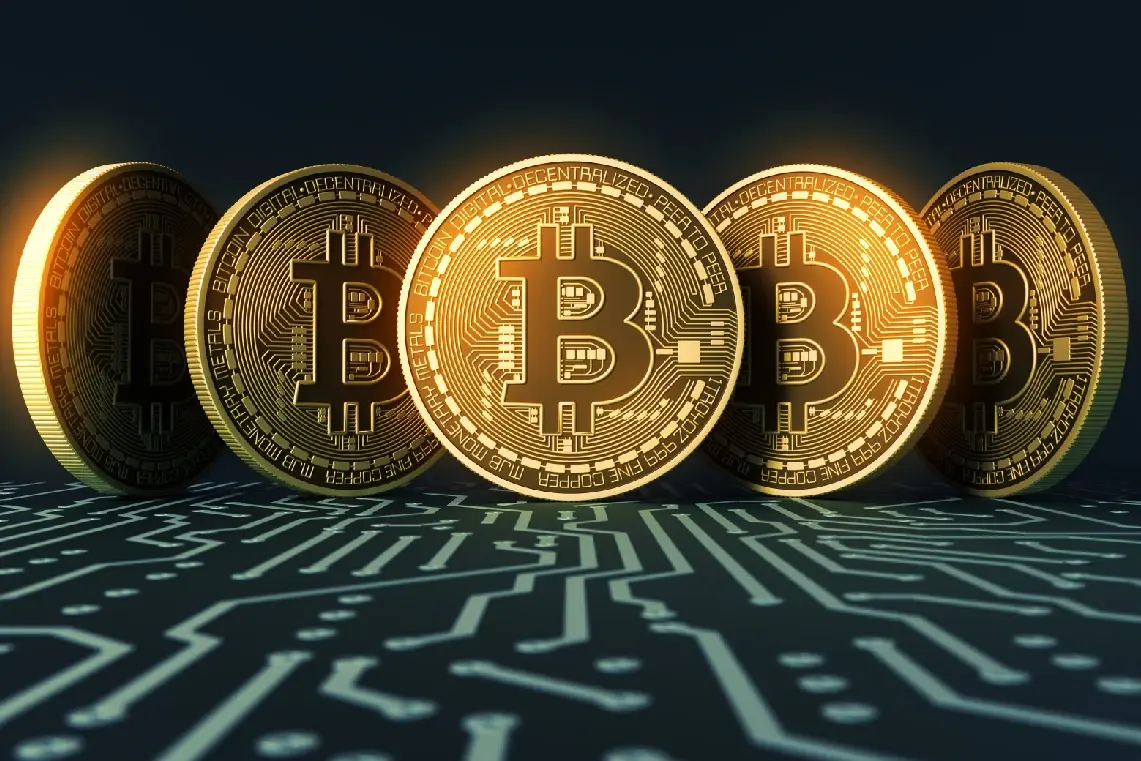
The following are some key characteristics of cryptocurrencies:
- Decentralized: No single entity controls a cryptocurrency.
- Secure: Cryptography is secure as it shields transactions from fraud.
- Borderless: Cryptocurrencies can be sent and received anywhere in the world.
- Volatile: Cryptocurrency prices can change considerably.
Providing a Human touch in this Digital Age
Skill enhancement and responsible tech development take the center of all focus as we find our way through the evolving human-machine partnership.
Let’s learn more about this below:
Particular Focus on Cybersecurity and Responsible Tech
As technology advances, so do the cybersecurity threats. Cybersecurity remains a top priority for all service providers.
Businesses and individuals have to be watchful against cyberattacks as AI-powered threats improve.
Particular emphasis will also be placed on developing highly responsible tech, ensuring technology is used inclusively and ethically, promoting digital well-being, and mitigating bias.
Improving Skills for the Future
The rise of automation will enforce an increased focus on improving skills and the workforce’s efficiency.
Employees must enhance their performance using AI and new technologies, such as critical thinking, problem-solving, improvisation, and innovations.
We will witness a surge in demand for professionals who can bridge the gap between humans and machines, guaranteeing a smooth transition into the new tech era.


